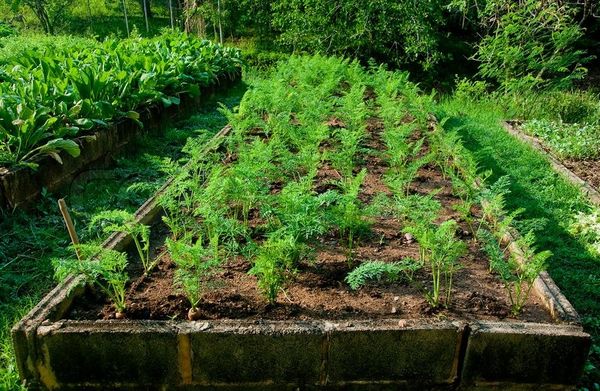The efficiency of carrot yields exceeds 1000000% such indicators can only boast of red and fodder beet, tobacco and mustard. With 1 weave you can collect more than 50 kg of root crops, sowing a bed of seeds weighing 20 g. But in order to achieve such results, you must be careful to prepare the soil and the beds in the spring, given compatibility with the plants that grew in this place last year.
You can make the beds yourself, you just need to know the correct size and width and prepare it in the fall. Any soil has its own characteristics and requires preparation so that carrots can germinate without problems.
Table of contents
What soil loves carrots
There are several general requirements for all types and grades of carrots, with regards to what kind of soil it needs.
- She is must not contain solid particles, not rotting roots.
- In her there should be no acidity.
- Sand should be added to the clay soil and chernozem — Per 1 m2 of 1 kg of sand.
- In the sandy soil, carrots will feel at ease, if in equal parts to mix peat, cattle manure and potato peel. Fertilizer is prepared 10-12 months. When drying, pours water. Stir in 2-3 weeks. On 1 m2 - 5 kg.
In addition to loosening the dense soil, it contributes to the penetration of air deep into the dense soil, the sand absorbs excess moisture.
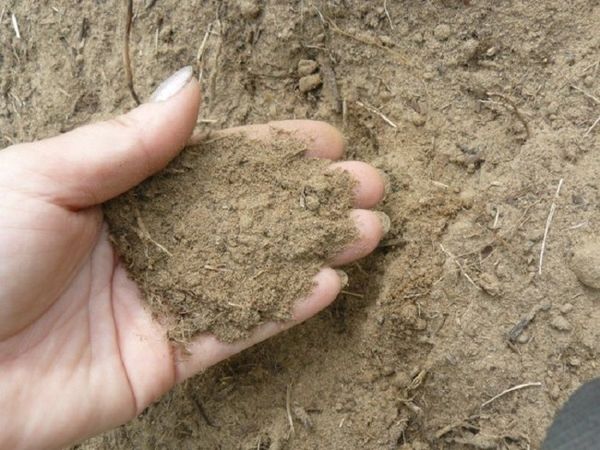
In pure black soil, the root crop will have an excess of fatty acids - a short shelf life. The viscosity of the soil contributes to the wrong development of the upper part of the root.Clay, without the addition of sand, dries quickly - the plant is sluggish and shallow.
Will never grow under the following conditions:
- After sunflowers.
- Tobacco.
- In the shadow.
- On dry soil, regardless of its composition.
- On the site, sharply going down the slope.
- In the presence of wheatgrass.
Do I need to prepare the soil in the spring
No matter how good the soil is, it is impossible to grow a high yield without proper preparation. Before digging a bed, you need check it for moisture permeability.
On not dug up a plot of 50 to 70 cm pour 8 liters of water. If the moisture, after an hour, came in and seemed gray spots - the soil is dry, contains a lot of salt. Under the carrot is not suitable.
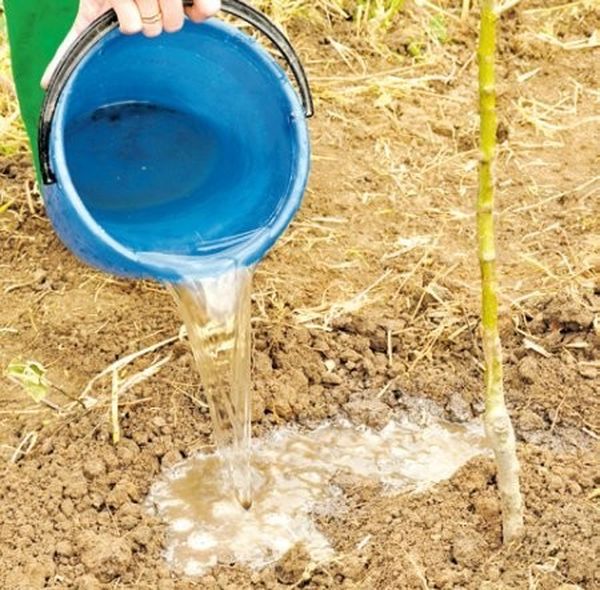
How to properly prepare the land for landing
The difficulty in growing carrots is not mineral dressing, but in the presence of solid components in the soil, the density thereof.
- Land for culture should be well loosened.
- Before loosening the bed dig twice. The depth of the first digging is at least 30 cm. The second is 15-20 cm.
- Keep the interval between the first and second digging 10-12 days. So you can find out the permeability of the soil.
- If the second digging reveals a lot of deep-root weeds, pebbles - the ground is unsuitable for carrots.
- With a positive result, after the second digging, dry ground sprinkle with crushed peat - thickness 1-2 cm, and plenty of water.
- In the spring, once again you need to do the digging and loosen.

Fertilization
The soil under the carrot can be fertilized organic fertilizer in the fall or mineral - 1 time in 2-3 weeks before planting and 2, and for late varieties 3 times during the growing season.
The proportions of cultivation of mineral fertilizers are specified in the instructions from the manufacturer.
Features feeding organic:
- Root vegetables are stored longer at the correct temperature.
- All healing properties are preserved. both root crops, and tops.
- Not bitter.
- The middle is homogeneous.
- When using mineral fertilizers, it is impossible to get your seeds in a year.
- If mineral fertilizers are introduced - a complete degeneration of the variety occurs in 3-4 years - seeds of different size, fruits with an overgrown root system prevail.
With regular use of mineral fertilizers, your seeds need to be mixed with purchased. Round short carrots will not be juicy on dry soils fertilized with chemicals.
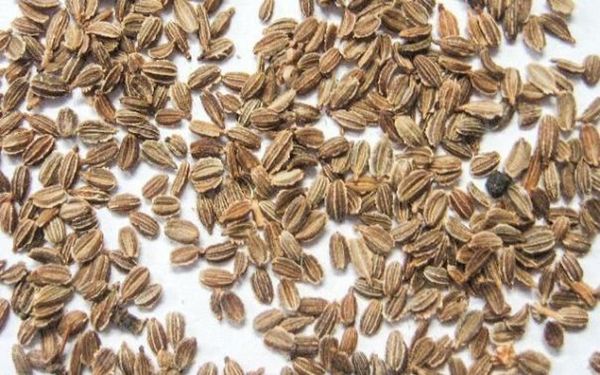
Desirable predecessors
After cucumbers it will be good to grow carrots if the soil is prepared and for 1 m2 to give 1.5 kg of cattle manure and 5 kg of crushed corn leaf.
After red beets - 0.5 kg of cattle manure and 5 kg of peat per 1 m2. Chernozem fertilize potato husks and sand 1 to 1. 1 kg per 1 m2.
Winter varieties on fat chernozem will be perfectly preserved if they are sown after fodder beet. But in this case, a high yield will not be achieved.
Amateur gardener, when first processing the site, it is recommended to plant cabbage. If it grows ugly and shallow - the site requires both minerals and organics.
Tomatoes - indicator of the level of humidity. If the fruits turn black, the bed is suitable for parsley, beets. It is contraindicated to sow carrots.
If a legumes grown low and stunted - the land is degreased, requires organic. Organic matter is applied for the winter, to the well-dug earth.
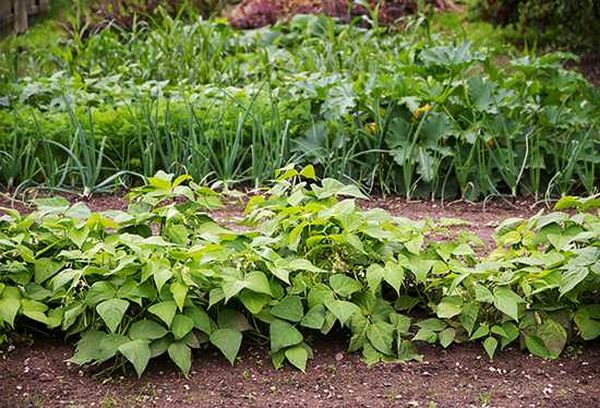
Preparing beds for planting
After the previous crops, the flower bed needs rid of weeds. Let rest 2 weeks. During this time, you can see which weeds will prevail next year. If weeds with deep roots are predominantly with a fibrous root system, then the carrot harvest is not expected.
Further mark area 3 by 5 m. After the first digging, carefully break up the large lumps. If, when breaking, the earth is broken up into large sharp clods, you need to fertilize with humus from plants. If there is none, then 0.5 kg of leaves of bean, cow dung and peat, per 1 m2. Thoroughly drain. Dig in 2 weeks.
If the plot is used for the first time under the garden - it dig 4-5 times in the fall and 2-3 times in the spring. This is necessary in order to carefully select the roots of weeds. If during the week the earth is of uniform dark color - it is not necessary to fertilize it.
In preparing the beds for carrots, it is necessary loosen. Lumps - break. Small pebbles - remove. If the bed is dug up on a chernozem soil of a uniform dark color - it is not necessary to fertilize.
Organic fertilizers should be applied no later than the winter before planting. Mineral - the first time in 2-3 weeks before landing. Further, depending on the variety, 2-3 times during growth.
